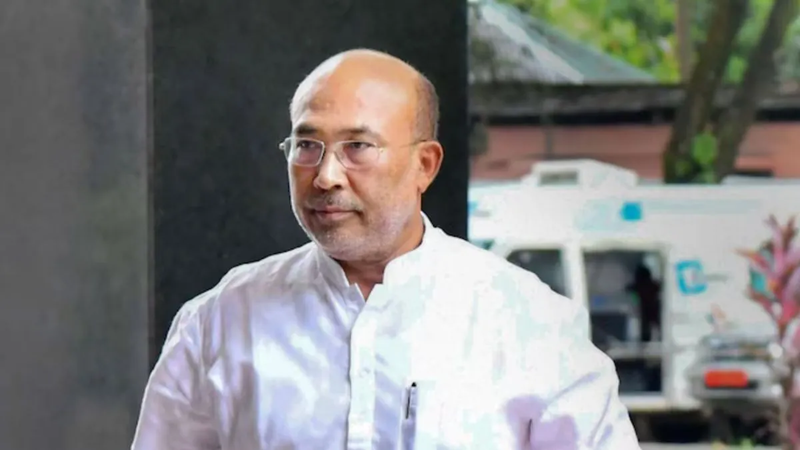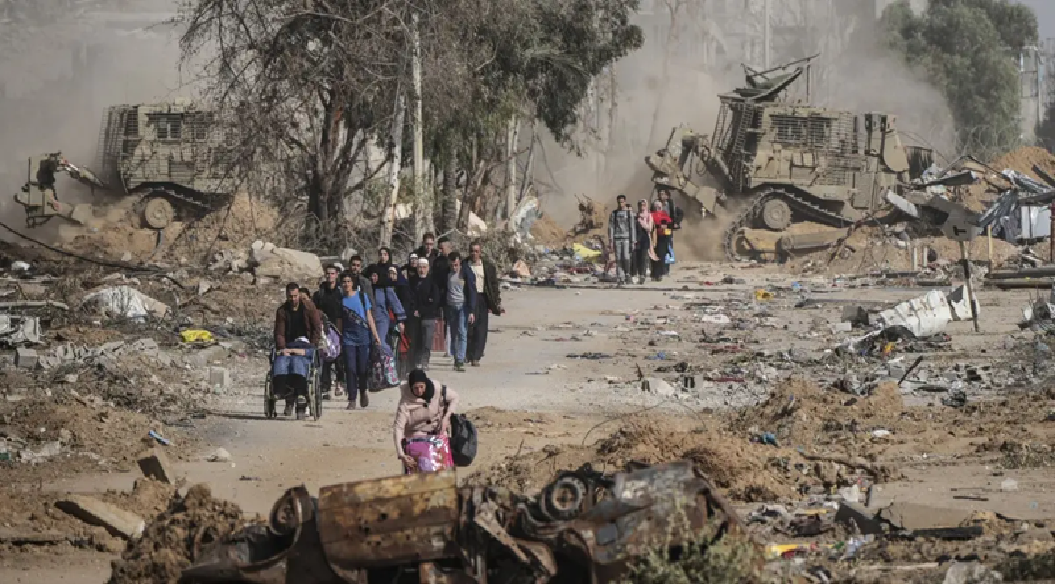
A world for old persons
The abuse of senior citizens is a serious topic of discussion across the world these days. The term refers to a single or repeated act that causes harm or distress to an older person. This type of violence constitutes a violation of human rights and includes physical, sexual, psychological and emotional abuse; financial and material abuse; abandonment; neglect; and serious loss of dignity and respect.
The issue needs to be discussed seriously as a recent United Nations study projected that the number of persons aged 60 years or over would grow by 38 percent between 2019 and 2030. This means that the number would grow from 1 billion to 1.4 billion and elderly people would outnumber youth.
Abuse of older people can have serious physical and mental health, financial and social consequences, such as physical injuries, premature mortality, depression, cognitive decline, financial devastation and placement in nursing homes. For older people, the consequences of abuse can be especially serious and recovery may take longer.
Studies point out that 1 in 6 people aged 60 years and older experience abuse in the community every year across the globe. The scenario is grim in India too. A study conducted by Longitudinal Ageing Study found that at least five per cent of India’s elderly population experienced ill-treatment in 2020. Another study published in 2017 highlighted Karnataka’s poor record in checking the abuse on elderly citizens where 10 percent of citizens aged 60 and above experienced ill-treatment.
The state is the second worst performer behind Bihar at 11.7 percent. Recent data from Elders’ Helpline, a joint project of the Bengaluru City Police and Nightingales Medical Trust to tackle elder abuse, showed that 2.35 lakh elderly callers registered complaints with the facility in the last 20 years. The number is huge given the fact that the city is home to 9 lakh senior citizens.
About 40 percent of calls were related to abuse perpetrated by family members while property disputes appear to be the biggest contributors to the abuse. Many strategies have been adopted across the globe to curb the abuse menace. Some of them are caregiver interventions, which provide services to relieve the burden of caregiving; money management programmes for older adults vulnerable to financial exploitation; helplines and emergency shelters; and multidisciplinary teams, as the responses required often cut across many systems, including criminal justice, health care, mental health care, adults protective services and long-term care.
But these measures proved to be ineffective as abuse continues unabated across the world. The World Health Organisation and its partners recently formulated five priorities, such as combating ageism, generating better data on prevalence, risk and protective factors, developing cost–effective solutions, making an investment case for addressing the case and raising funds to tackle the issue.
If governments, United Nations agencies and development organisations, academic and research institutions and funders implement these priorities, the world can reduce the number of elder abuses and improve their health, well-being and dignity.
 English daily published in Bengaluru & Doha
English daily published in Bengaluru & Doha






